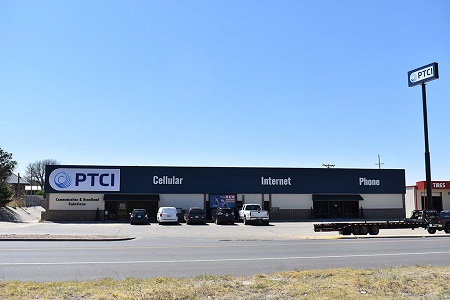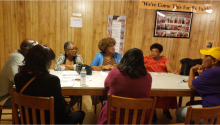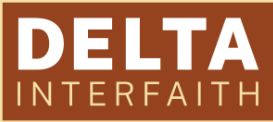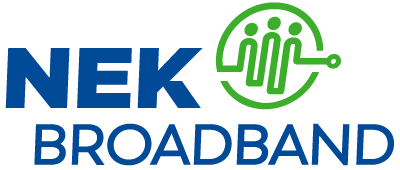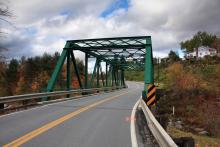The Last Train - Episode 564 of the Community Broadband Bits Podcast

We're more than 15 years and a hundred billion dollars into the alphabet soup of federal broadband infrastructure subsidy programs, and millions upon millions of households are stuck on deteriorating connections and capacity-constrained technologies. This week on the podcast, Christopher is joined by Jonathan Chambers, partner at Conexon, to talk about how the BEAD program is our last chance. And to make sure we get it right, we have to grapple with the array of long-standing failures - purposeful and not - that have gotten us to this point: the regulatory capture of the FCC, the willful ignorance of bad data collection and mapping, the acceptance of disingenuous "technology neutral" arguments, turning a blind eye to the imbalance in service and cost between our cities and rural expanses, and pretending that not every households in the country can have a first-class, affordable, reliable Internet connection.
This show is 40 minutes long and can be played on this page or via Apple Podcasts or the tool of your choice using this feed.
Transcript below.
We want your feedback and suggestions for the show-please e-mail us or leave a comment below.
Listen to other episodes here or view all episodes in our index. See other podcasts from the Institute for Local Self-Reliance here.
Thanks to Arne Huseby for the music. The song is Warm Duck Shuffle and is licensed under a Creative Commons Attribution (3.0) license.




